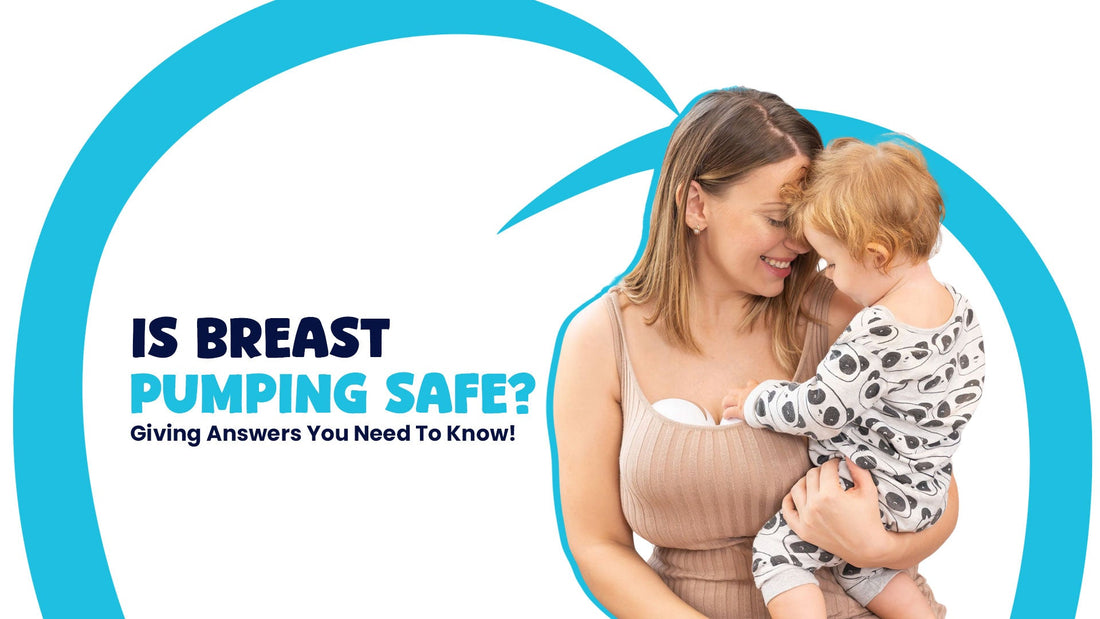
Is Breast Pumping Safe? Giving Answers You Need To Know!
Share
Breastfeeding is a natural and beneficial way to nourish your baby. For many mothers, breast pumping becomes an essential part of this journey. Whether you're returning to work, managing your milk supply, or simply looking for flexibility, understanding the safety and best practices of breast pumping is key. Here’s everything you need to know.
Benefits of Breast Pumping
-
Flexibility
Pumping allows mothers to return to work or take breaks while still providing breast milk to their babies. -
Milk Supply Management
It helps establish and maintain milk supply, especially in the early weeks after birth. -
Feeding Options
Pumping enables partners or caregivers to feed the baby, promoting bonding and shared responsibilities.
Safety Considerations
While breast pumping is generally safe, it's important to follow proper guidelines to protect both you and your baby:
-
Hygiene
Always wash your hands before handling pumping equipment. Use clean, sanitized pumps and storage containers to prevent contamination. -
Proper Storage
Store breast milk in clean, BPA-free containers.-
Refrigerated milk: Up to 4 days
-
Frozen milk: 6 months (in a freezer compartment) to 12 months (deep freezer)
Always label each container with the date of expression.
-
-
Pump Maintenance
Regularly clean and inspect your pump as per the manufacturer’s instructions. Replace worn or damaged parts to ensure effective and safe pumping. -
Timing & Frequency
Try to mimic your baby's feeding schedule. In the early weeks, this typically means pumping every 2–3 hours to help establish and maintain milk supply.
Common Myths & Facts
-
Myth: Pumped milk is inferior to directly breastfed milk.
Fact: Pumped milk retains the same nutritional and immunological benefits when stored and handled correctly. -
Myth: You can’t breastfeed after pumping.
Fact: Many mothers successfully combine breastfeeding and pumping. It may take some adjustment for the baby, but it’s entirely manageable.
When to Consult a Professional
If you experience:
- Pain during pumping
- Concerns about your milk supply
- Unusual changes in breast health
Reach out to a lactation consultant or healthcare provider. They can offer personalized advice and help you navigate any challenges.
Conclusion
Breast pumping is a safe and effective way to provide your baby with breast milk while supporting your lifestyle needs. By following hygiene guidelines and using a reliable breast pump, you can ensure the safety and quality of your milk. Every mother’s journey is unique—finding the right balance between breastfeeding and pumping is key to a positive feeding experience.
Happy Pumping, from MUMYFY!
